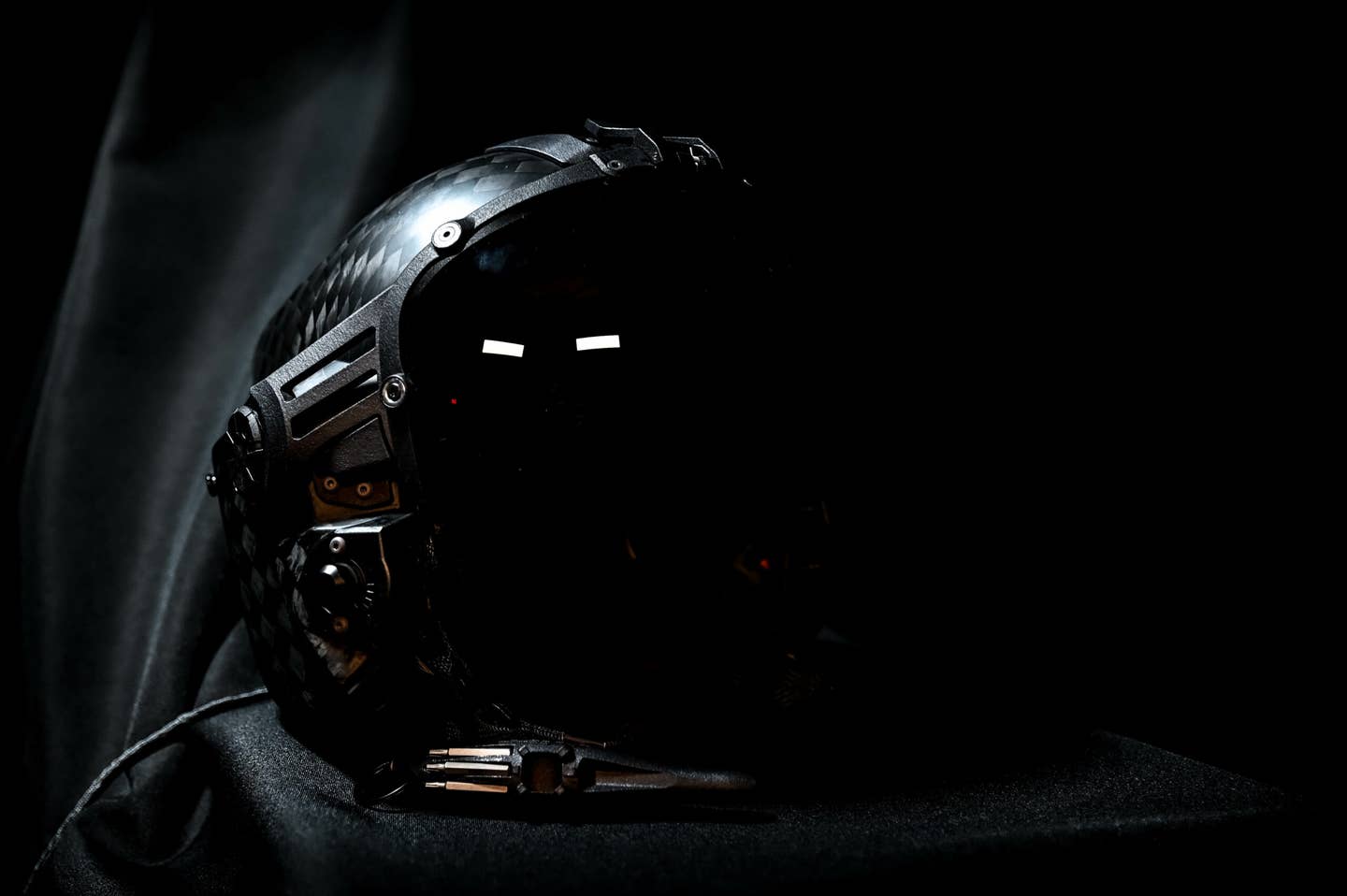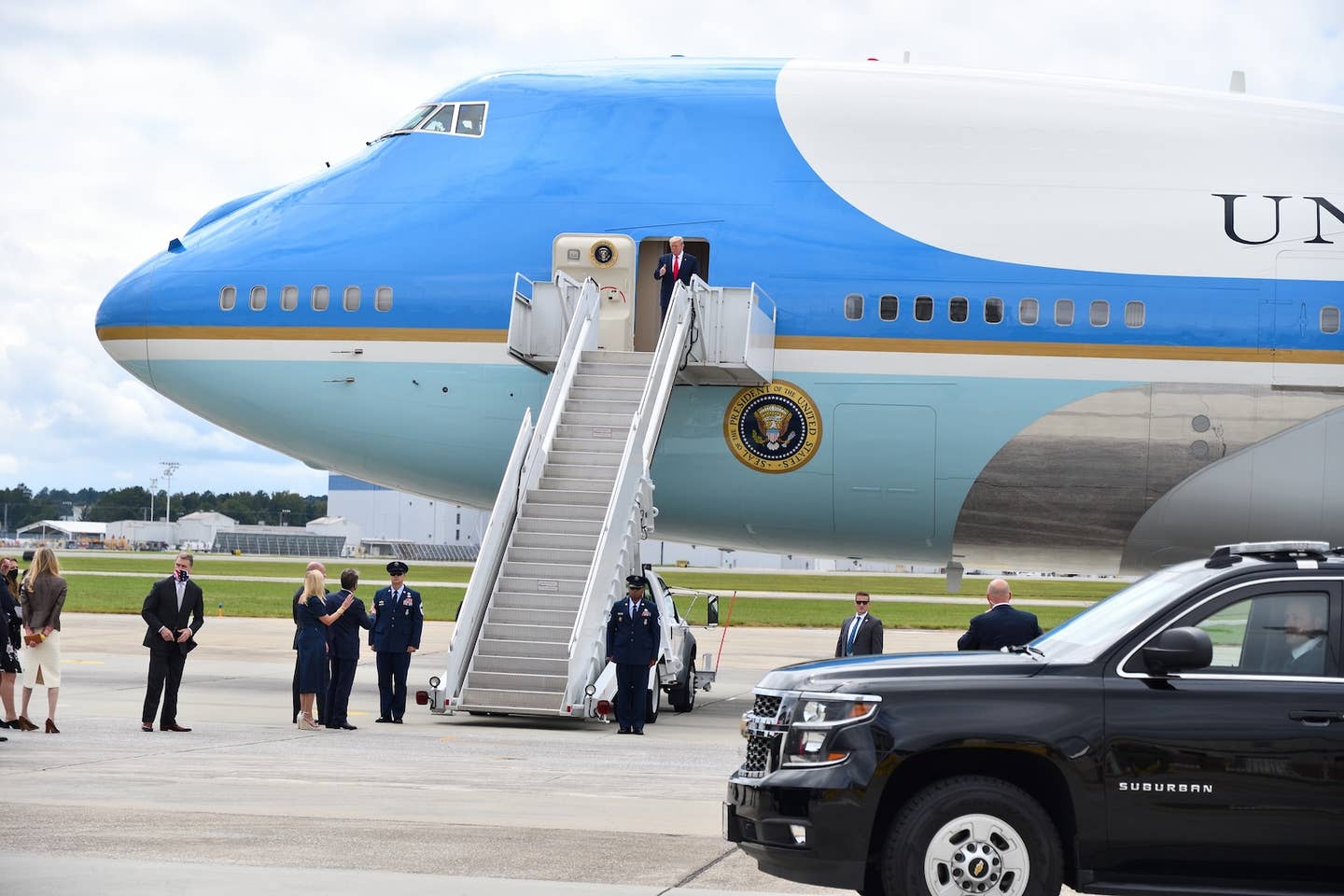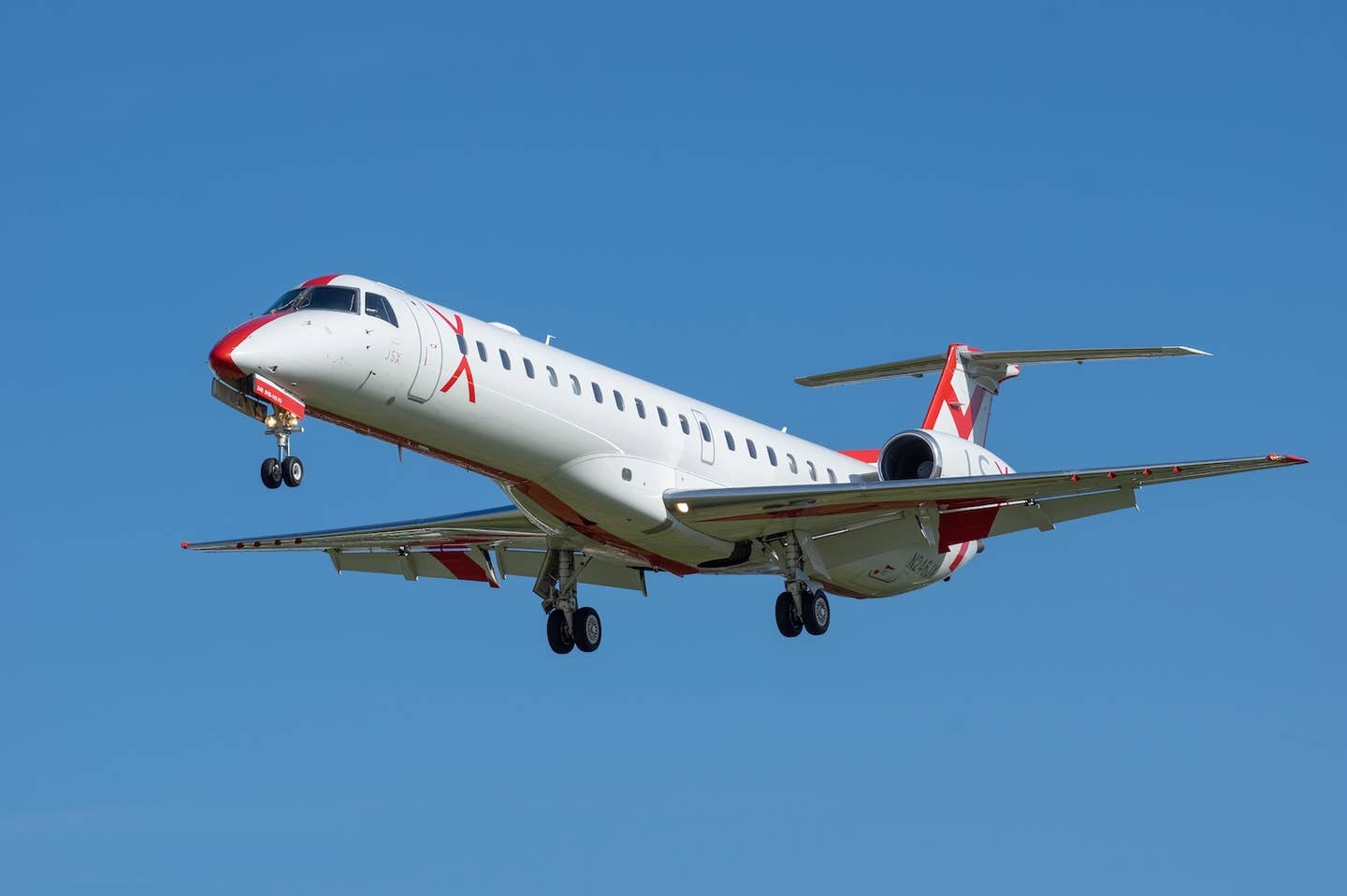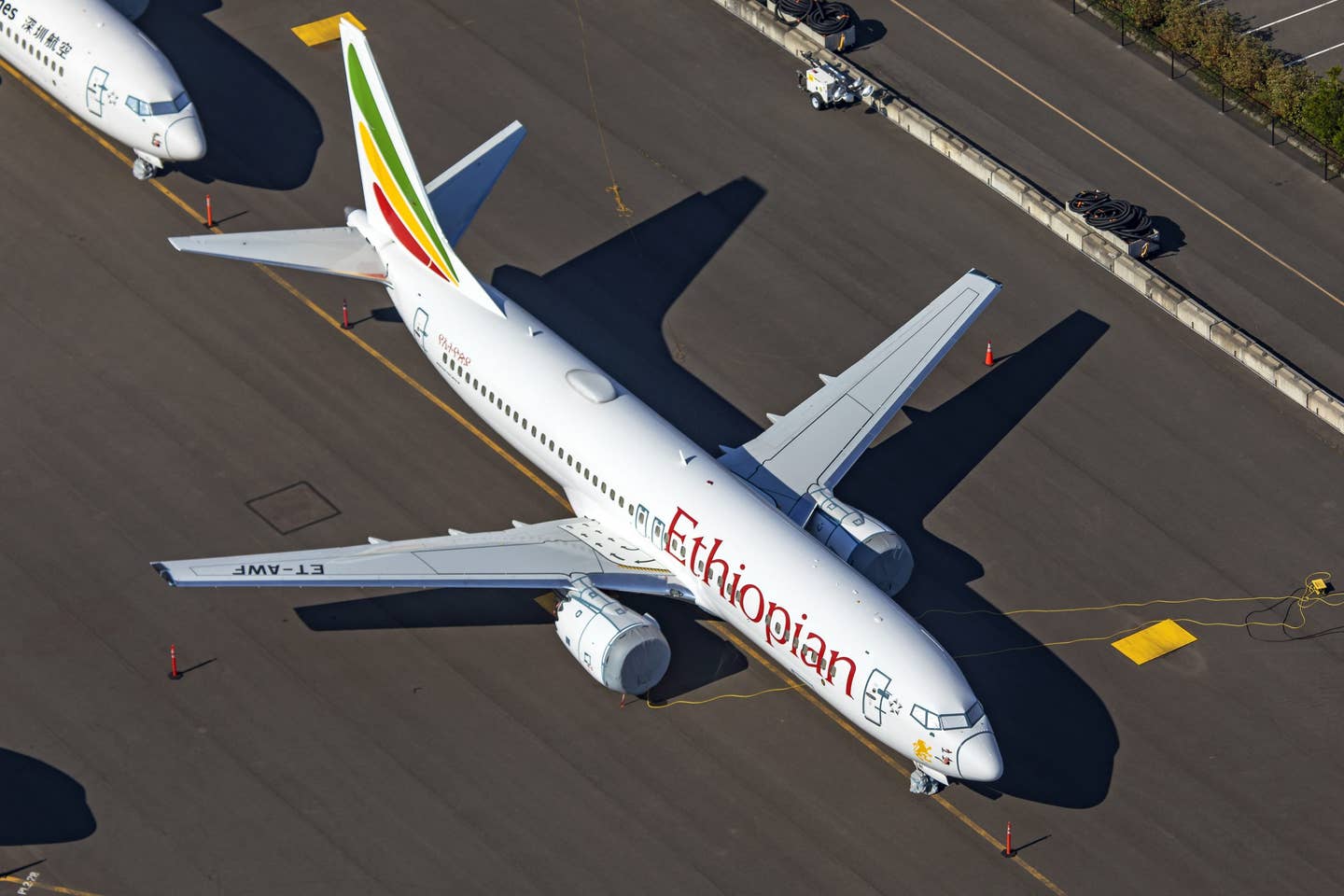Air Force Moves Ahead With New Helmet Prototype
The U.S. Air Force selected LIFT Airborne Technologies to develop its next-generation helmet for fixed-wing air crews.

The U.S. Air Force is redesigning its helmet for fixed-wing aircrews for the first time in nearly 40 years. (Courtesy: U.S. Air Force/Staff Sgt. Dana Tourtellotte)
The U.S. Air Force says its fixed-wing aircrews are a step closer to getting a lighter, cooler, and better-fitting redesign of their nearly 40-year-old helmet.
The Air Force announced this week it has chosen LIFT Airborne Technologies to develop its next-generation helmet prototype that will address issues such as long-term neck and back injuries, pilot longevity, and improved fit across various sizes, genders, and ethnicities.
The prototype is now set to undergo further research and testing. Once the design is confirmed, it will then move toward a production contract in 2024, the U.S. Air Force Air Combat Command (ACC) said.
“The current helmet was based on a 1980s design. Since then, gains in aircraft technology and the demographic of pilots have changed,” Scott Cota, ACC Plans and Requirements branch aircrew flight equipment program analyst, said in a statement. “The legacy helmet was not originally designed to support advances in aircraft helmet-mounted display systems, causing pilots to fly with equipment not optimized for them, especially our female aircrew.”
Among the issues the new next-generation helmet aims to sort out for pilots are complaints regarding the added weight and altered center of gravity experienced from mounted devices, Cota said.
In setting requirements for the new helmet, Air Force officials focused on weight, pilot comfort, optimized fitment and protection, stability, optimized center of gravity, and integration with different helmet-mounted systems.
The AV2.2 helmet is constructed of Koroyd, a lightweight and highly breathable material made of extruded tubes that are engineered to absorb energy. It has a system of five liner pads to customize fit, and features updates, such as a low-profile NVG mounting plate, handsfree cockpit illumination, and a magnetic chin strap. The visor is a top-actuated, single-pivot design, which allows the wearer to raise or lower it one-handed.
"These new helmets will offer greater applicability and better fit for operators of all sizes, genders, and ethnicities,” said Capt. Timothy James, Air Force Life Cycle Management Center's Human Systems Division of Agile Combat Support Directorate program manager.
The Air Force intends to distribute the helmet to all fixed-wing aircrews in phases, starting with F-15E Strike Eagle aircrews, according to the ACC.
While there's no official word on the helmet's final cost, it likely will pale in comparison to the F-35 Joint Strike Fighter helmet that features a sensor suite and night vision, and offers a 360-degree view of the aircraft. Those custom-made helmets cost about $400,000 a copy, the Smithsonian reported.

Sign-up for newsletters & special offers!
Get the latest FLYING stories & special offers delivered directly to your inbox



![United Airlines secures FAA approval for Starlink, with first commercial flights set for May. Starlink offers 50x faster internet, free for MileagePlus members. [Courtesy of United Airlines]](https://www.flyingmag.com/uploads/2025/03/UnitedAirlines_Starlink_Image.jpg?auto=webp&auto=webp&optimize=high&quality=70&width=1440)


